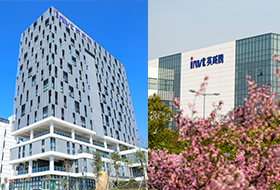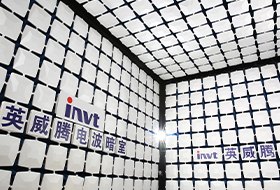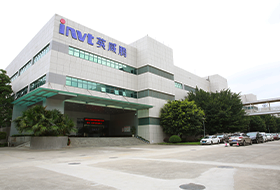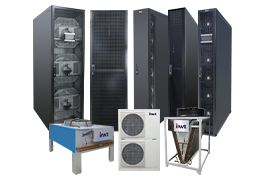The main technical components of the computer room monitoring system
The computer room monitoring system consists of an acquisition subsystem, a transmission subsystem, and a software subsystem. The acquisition subsystem completes the bottom-end data acquisition, the transmission subsystem transmits the bottom-end collected data to the monitoring center, and the software subsystem completes system settings, data processing, alarm generation, data storage, system functions, etc. So, what are the main technical components of the computer room monitoring system?
Data acquisition technology: In the acquisition subsystem, the measurement of the monitored signal is crucial. The monitored signal can be divided into analog and switch quantities according to its characteristics.
Basic networking technology: The networking scheme here refers to the basic networking scheme for the new monitoring system network without MDCN. In actual networking, it may be a mixed networking of multiple basic schemes. According to the connection method between the station and the center, it can be divided into three basic networking schemes.
Data transmission technology: including E1 relay transmission technology, P (MDCN) transmission technology, dry contact technology, digital public channel technology, and SMS transmission technology.
The E1 relay line transmits 2M code streams, and there are two resources: channelized E1 and non-channelized E1.
The serial data monitored by the station room is converted into IP data packets through the transmission equipment and connected to the established MDCN network through the Ethernet port. The LSC end station monitoring host can collect the power environment monitoring data of each station by connecting to the MDCN network. MDCN can also be used to transmit monitoring data between CSC and LSC.
The collector connects various power and environmental sensors and monitoring points for data collection, and is connected to LSC through OMC. The monitoring data is a switch quantity, which can realize the remote signaling function. The monitoring information is transmitted unidirectionally uplink, and the monitoring data is transmitted to OMC via the external alarm unit on BTS via BSC. Generally, a dry contact monitoring subsystem is used on the equipment of non-important stations.
If the E1 relay line is tight and there is no MDCN network, the digital public channel can be used to transmit the base station power environment monitoring data. Since the monitoring data of multiple base stations are transmitted on one link, the reporting baud rate of each collection device must be the same but the address is different. The host computer uses time-sharing patrol to collect. Digital public service channels can be broadcast or point-to-point. If it is point-to-point, a communication serial port converter needs to be added to each base station to bridge the network. This transmission method is rarely used due to its slow acquisition speed and poor stability.
SMS transmission information is mainly used for alarm output of the monitoring center. When an alarm is generated, the relevant alarm can be notified to the corresponding maintenance personnel or on-duty personnel, and the equipment alarm can be handled accordingly.

 networkpowersales@invt.com.cn
networkpowersales@invt.com.cn



























